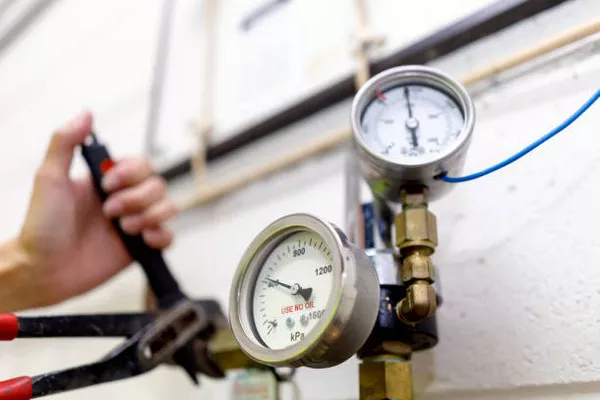The measurement and understanding of wind speed have been integral to various fields, from meteorology and aviation to environmental studies. The anemometer, a device specifically designed to measure wind speed, has played a pivotal role in this pursuit. As we delve into the history of the anemometer, we uncover the journey of its invention and the individuals who contributed to its development.
Early Attempts at Wind Measurement:
Before the invention of the anemometer, various rudimentary methods were employed to estimate wind speed. One such method involved using simple instruments like flags, smoke, or even the observation of the behavior of birds in flight. However, these methods were highly subjective and lacked precision. Recognizing the need for a more accurate and standardized approach to measure wind speed, inventors began experimenting with mechanical devices.
Leon Battista Alberti’s Contribution:
In the 15th century, Italian polymath Leon Battista Alberti made significant strides in the realm of wind measurement. Although he did not invent the anemometer as we know it today, his pioneering work laid the groundwork for subsequent advancements. Alberti’s device consisted of a pole-mounted hollow sphere that would align itself with the wind, providing a rough indication of wind direction and strength. While rudimentary, Alberti’s invention marked the first deliberate attempt to quantify wind speed using a mechanical apparatus.
Robinson’s Cup Anemometer:
The true breakthrough in anemometer design occurred in the 18th century with the work of British inventor John Thomas Romney Robinson. In 1846, Robinson introduced the cup anemometer, a device that remains a cornerstone in wind measurement technology. Robinson’s innovation involved mounting four hemispherical cups on horizontal arms, which were connected to a central axis. As the wind caught the cups, they would rotate, and the speed of rotation was directly proportional to the wind speed.
Robinson’s cup anemometer addressed several limitations of earlier designs, offering a more reliable and precise method of measuring wind speed. This invention gained widespread acceptance and laid the foundation for subsequent developments in anemometer technology.
The Pitot Tube and its Contribution:
While Robinson’s cup anemometer gained popularity, French engineer Henri Pitot made a significant contribution to wind measurement through a different approach. In the early 18th century, Pitot introduced the Pitot tube, a device initially designed to measure the velocity of flowing water. However, its application extended to air as well. The Pitot tube measured the difference between the static pressure and the total pressure of the moving fluid, providing a means to determine wind speed.
Although the Pitot tube is not a traditional anemometer, its principles influenced the development of airspeed indicators in aviation and contributed to the overall understanding of fluid dynamics. Pitot’s work exemplifies the interdisciplinary nature of wind measurement, with applications spanning meteorology, aeronautics, and beyond.
Modern Anemometers:
Throughout the 20th century, advancements in technology led to the development of various types of anemometers, each catering to specific needs and environments. The cup anemometer persisted, but new designs emerged, such as the vane anemometer, which utilized a rotating vane to align with the wind. Additionally, electronic and digital anemometers emerged, offering real-time data collection and enhanced accuracy.
One notable development came in the mid-20th century when the hot-wire anemometer was introduced. This device measured wind speed by gauging the rate at which a heated wire cooled when exposed to the wind. The speed of the cooling process correlated with wind speed, providing a novel and more sensitive means of measurement.
SEE ALSO What Is The Oldest Anemometer?
Conclusion:
The invention and evolution of the anemometer represent a fascinating journey through the annals of scientific history. From the early observations of wind behavior to the innovative designs of Alberti, Robinson, and Pitot, the quest for accurate wind measurement has been an interdisciplinary pursuit. The cup anemometer, in particular, stands as a testament to Robinson’s ingenuity and remains a prevalent tool in meteorological and environmental studies.
As technology continues to advance, modern anemometers offer unprecedented levels of precision and data collection. The ongoing refinement of these devices ensures that our understanding of wind dynamics will only deepen, with implications for fields ranging from weather forecasting and climate research to renewable energy production and aviation safety. The story of the anemometer is one of continual progress, reminding us of the human drive to unravel the mysteries of the natural world and harness its forces for the betterment of society.

